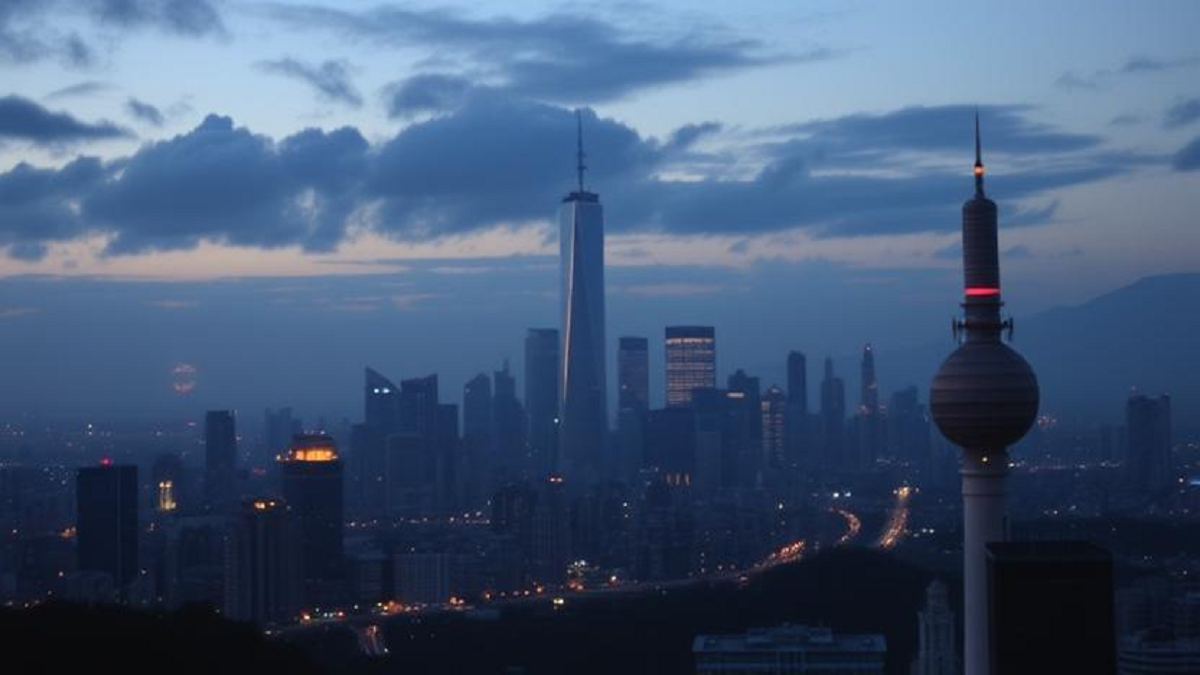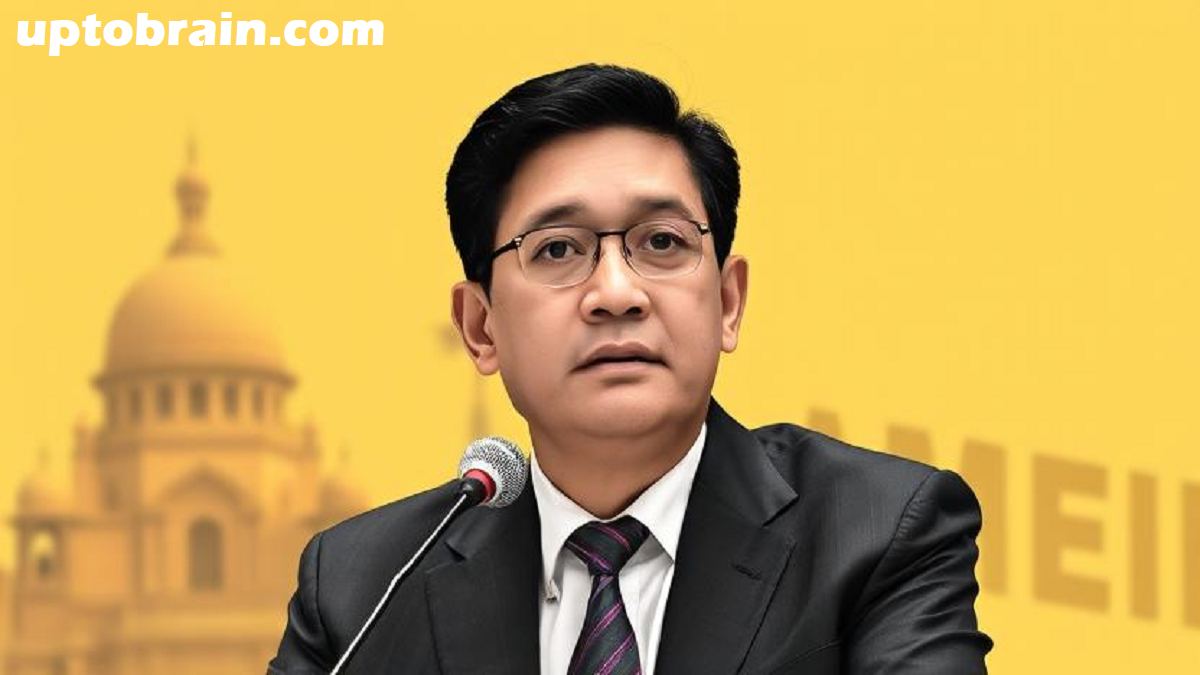My Neighbor Alice (ALICE) Price Prediction 2025, 2026, 2027, 2030 – 2050
My Neighbor Alice (ALICE) is currently under bearish sentiment in the market, but still, investors are looking for the right opportunity to invest in it so that they can capitalize on its growth in the future. Despite the current bearish outlook, My Neighbor Alice (ALICE) holds long-term growth potential, with substantial gains predicted through 2029. … Read more









